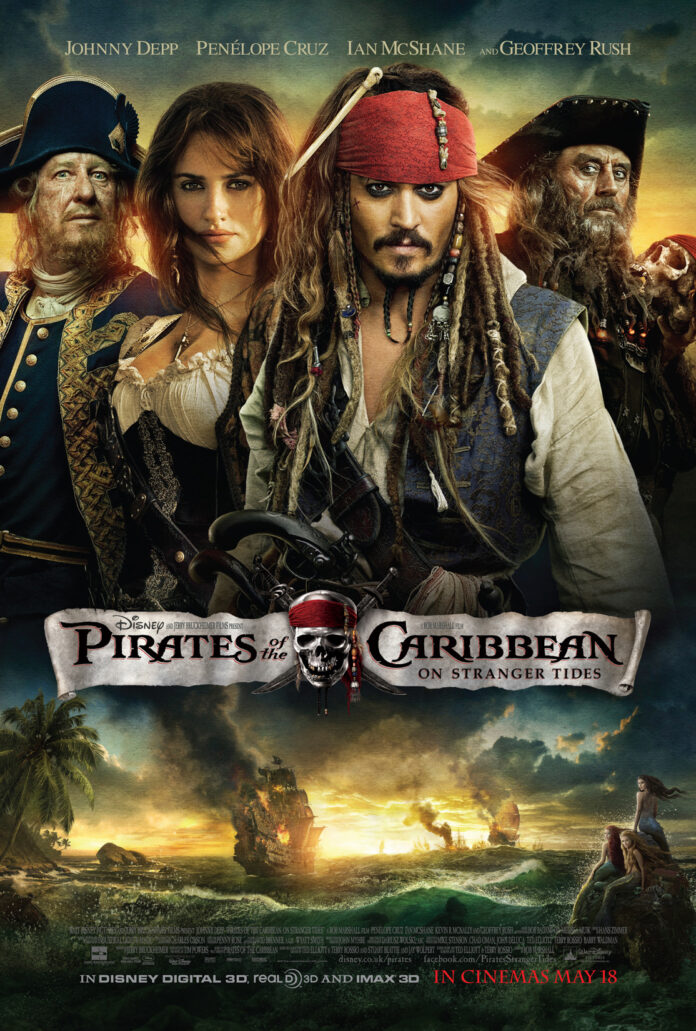Film soundtracks have long been a key feature in entertainment
By SARAH HAN — arts@theaggie.org
Films are some of the most influential works today, with one of their most critical aspects being the music that sets their tone. From horror movies to animation, many notable film scores have gained wide recognition among the public.
From the 1890s to 1929, the silent film era involved musicians playing live alongside films. Pianists and small ensembles played in the background, accompanying the movie’s visual story. Most of the music was improvised, but some consisted of classical repertoires.
One of the most famous scores during this era was the music in “The Assassination of the Duke of Guise,” which was written by the French composer Charles-Camille Saint-Saëns. He was one of the first to create an official score for a film, which gave way to other popular soundtracks we know today.
Following the silent film era was the Golden Age of Hollywood, during which there was a spike in film scores. This particular time period for film scoring was characterized by creativity, matching of music to films and concert and orchestral pieces.
Austrian-born composer Erich Wolfgang Korngold was one of the most accomplished composers of this time. One of his works is the soundtrack in “The Adventures of Robin Hood,” which earned him an Academy Award. Another notable example of his work is the soundtrack in “The Sea Hawk,” which was considered one of the best film scores at the time.
The next shift in the film-scoring industry was in the 1950s when composers started to emphasize originality and diversity. In 1951, composer Alex North made a symphonic-jazz soundtrack for the film “A Streetcar Named Desire,” which integrated jazz with traditional classical music.
Following the work of North, musician Miles Davis also revolutionized film scores with jazz. He contributed to the soundtrack of “Elevator to the Gallows,” which featured many jazz improvisations. Davis’s work in the film “Gallows” was also significant because it paved the way for African American musicians that we know today, including Herbie Hancock and Quincy Jones.
One of the major scores of the 1950s was the soundtrack in “Ben-Hur,” composed by Hungarian American composer Miklós Rózsa. It combines the style of more traditional orchestral repertories, such as suites and overtures, and is considered to have changed the film-scoring industry for the better.
In the 1960s, jazz, pop and western music became more popular in films. The soundtrack in “The Magnificent Seven” by Elmer Bernstein incorporated western-style music; likewise, composer Maurice Jarre created a soundtrack for “Lawrence of Arabia,” which incorporated Middle Eastern styles.
The 1970s were marked by the famous composer John Williams, who created the “Star Wars” soundtrack. The theme in “Star Wars” is considered to be one of the most well-known scores today.
Following the 1970s, John Williams also composed the soundtrack for “Indiana Jones,” “E.T.” and “Superman.” Meanwhile, other famous composers joined the picture, such as Jerry Goldsmith, who scored “Star Trek” and Hans Zimmer, whose work is featured in “Black Rain” and “The Pirates of the Caribbean.”
Today, many pop singers are even contributing to film scores: one notable example is Shakira’s “Try Everything” in the movie “Zootopia,” which was a huge success in the pop industry. Seeing that film scores are incorporating a diverse range of musical genres, the future of film scoring seems to be on an upward trajectory.
Written by: Sarah Han — arts@theaggie.org




